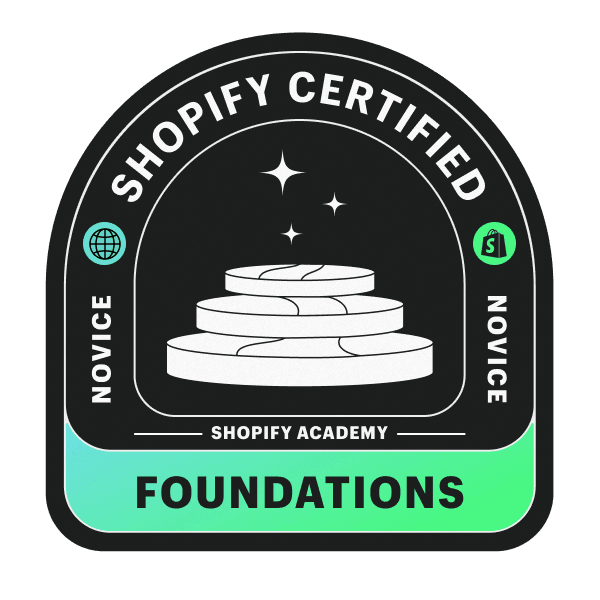The copywriter portfolio is an essential tool for impressing potential clients. After the inevitable, ‘How much do you charge?’ the next question is often ‘What have you written?’ That’s where a great portfolio comes into play. Here, in one experienced copywriter’s opinion, is what a copywriter’s portfolio should look like:
- Online and offline
- Your best work
- Tailored to current prospects’ needs
- Up-to-date
- A hard copycopywriter portfolio should be in a suitable holder
A copywriter’s portfolio should be both online and offline
With the importance of the web as a tool for finding copywriters, you must maintain both online and offline (hard copy) copywriter portfolios. The online version could be on your website or in a blog, but either way, it should contain examples of your best work. That way, prospective clients can see what you are capable of around the clock, whether they’re in Cheltenham, Gloucestershire, or on the other side of the world. The hard copy portfolio should be in an easily portable format that’s easy to carry to presentations.
A portfolio should contain your best work
Resist the temptation to overload your portfolio with everything you’ve ever written. Be selective and make sure that only your best work appears there. Quality matters as much as quantity, maybe more so.
Good copywriter portfolios are tailored to the current prospect
Allied to the foregoing point is the importance of tailoring your portfolio to a potential client’s requirements when you visit them. Your online copywriter portfolio can of course contain all your samples. But when you are face-to-face with a prospect, make sure that your hard copy or electronic presentation is focused on work that will resonate with his or her immediate needs. A website project? Put more emphasis on your web or SEO copy. A press release requirement? Don’t overdo the direct response copywriting examples. It’s just a matter of common sense, of maximizing the relevance to the prospect and not tying their time up with your whole creative history…
Your copywriting samples should be up-to-date
People like to work with someone successful and currently active. A busy copywriter is an ‘in-demand’ copywriter. That is a great indicator that you are good, so ensure your copywriting samples are as current as possible. It can be difficult, especially with hard copy samples, which can sometimes be difficult to get from agencies and end clients. Do your best; even a studio PDF of a brochure spread is better than nothing.
A hard copy portfolio can take many different physical forms
Different copywriters prefer different physical portfolios. For some it will be a smaller version of the classic art directors’ portfolio; for others, an A4 folder with punched filing sleeves will be perfect to hold examples of work. Whatever you choose, ensure the physical container doesn’t distract from your samples. Neutral finishes are better than ‘busy’ patterned ones. And of course, you will always ensure that your copywriter portfolio is clean, tidily organized, and free from shabby dog-eared corners and grubby finger marks…
Ultimately, what your copywriting portfolio looks like will reflect your preferences, experience, and the resources available to you. However, if you follow the guidelines above you can be sure of a great head start over competitors who haven’t given much thought to their presentation. Start now, put that portfolio together, and get ready to wow potential copywriting clients with your best work.














